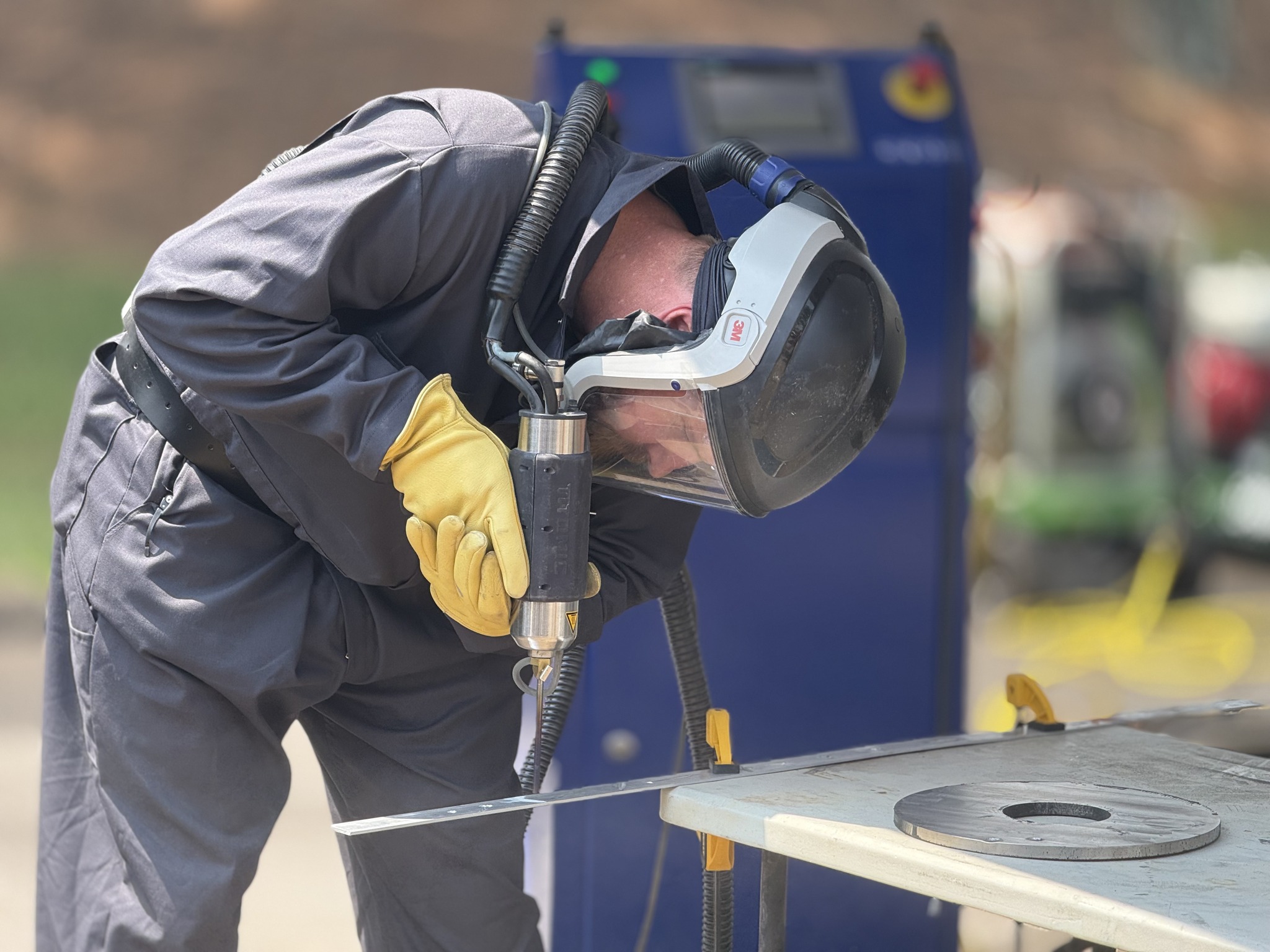Veteran saw World War II through his camera lens
Published 9:03 pm Thursday, April 6, 2006
When 85-year-old Raymond Miller was a 23-year-old cameraman in the belly of a B-26 Martin Marauder under heavy enemy fire over Italy he said he was too young to be scared.
Miller, who now lives on Upper Snake Road in Limestone County, said he flew 62 missions aboard the plane that was at varying times dubbed: “The Flying Coffin;” “The Widow Maker;” “Wingless Wonder;” “Martin Murderer” and “The Flying Prostitute” (no visible means of support).
Miller said bombers always carried cameramen because if they didn’t return with a photo, headquarters didn’t give them credit for hitting the target.
“We were hit about every time we went out,” said Miller. “If there wasn’t much activity, then we would call it a ‘milk run.’ Was I afraid? Well, young people don’t dwell on those things. Today, you take it a little more seriously. My biggest worry was whether I would ever see my family again. That’s what entered my mind.”
Miller’s worries nearly came true when on his 63rd mission over Toulon, France, on Aug. 20, 1944, an enemy 88mm shell blew the right engine off of bomber No. 50. A cameraman in another plane captured the moment the crippled plane plunged from the sky. Only Miller and one other crewmate made it out alive.
Below, both German patrols and French underground had watched the bomber’s fiery descent. The French got to them first. Ordinarily, this would have been a good thing, but Miller said that even among the French resistance, there were those he calls “evil” who collaborated with the Germans when it suited their purposes.
With injured ankles, Miller was pulled from the wreckage . He said he was kept in a dark cell and frequently “beaten to a pulp.” Fed a diet of thin cabbage soup, Miller dropped some 35 to 40 pounds before the French turned him over to Patton’s 3rd Army in early October 1944. For Miller, the war was over.
“After I was liberated I was so sick, I was at the point of dying but afraid I wouldn’t,” he said.
Miller, who would eventually wind up in the Army Air Forces 17th Bombardment Group, was just 20 when he enlisted on Jan. 27, 1942, barely seven weeks into the war. His brother, Leslie, enlisted in the Navy and suffered a broken back aboard the U.S.S. Honolulu in Pearl Harbor, and his brother, Kenneth, went into the Army and became a baker.
“When the three of us were discharged from the service, my Mama said, ‘Now I can go to bed at night and go to sleep.’”
Miller enlisted in Flint, Mich., and wound up at Barksdale Field, in Shreveport, La., with aspirations of becoming a mechanic for the B-25s. The B-25s were later to be flown by Lt. Col. Jimmy Doolittle and his Doolittle’s Raiders in bombing runs over Tokyo and other Japanese targets. After that run, the 17th Bombardment Group, which came to be called the “daddy of them all,” sent flyers to form other bomb groups.
Assigned to the 44th Bomb Group 66th Squadron at Barksdale Field, the young Miller was assigned to wash sea salt spray from a B-24 Liberator that had been flown on guard flights over the Gulf of Mexico. He labored alone throughout the night scrubbing the bomber from nose to tail, only to have his sergeant shake his hand and give him an, “All right, man,” and roll another salty bomber out of the hangar for a bath.
Miller knew right then he didn’t want to be a mechanic. “When I got a chance to transfer into photography, I took it,” he said. He was stationed in North Africa and began flying in all ships carrying bombs. He was also trained as a gunner in case the pilot or co-pilot got hit.
His commander, Major C. Ross Greening, had been an illustrator for Walt Disney before the war. Miller said that after Greening was shot down over Naples and taken a prisoner of war, he communicated with his fellow prisoners through his Disney character drawings sketched with pieces of charcoal on cell walls.
Miller was to earn a Silver Star, a Bronze Battle Star, and the French Croix de Guerre medal.
After his discharge, he got married, applied for a G.I. loan at 3.25 percent interest and built a house in Peoria, Ill. He said his first marriage ended and he worked for many years as a supervisor on a bridge painting crew that worked throughout the Midwest. A fall from a bridge resulted in two crushed heels and threatened amputations. However, after extensive therapy, Miller went on permanent disability.
Meanwhile, he met and married a Fayetteville, Tenn., girl, Wilma Pamplin, who had come north to Peoria after the war to find work. The couple moved to Limestone County 31 years ago and his wife died eight and a half years ago.
“I look back on things that happened and I think, good Lord, I’m still up and alive,” he said.
Through the more than 60 intervening years since his time in French captivity, Miller said he has tried to come to terms with his feelings for his “rescuers.”
“I know you’re supposed to forgive and forget,” said Miller. “But sometimes you just can’t forget.”





